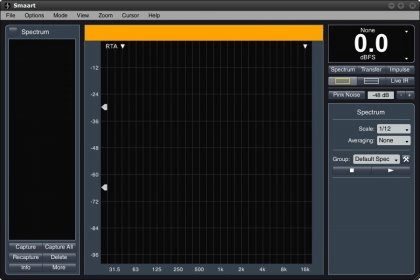

Ray traced local global illumination bounces light well in indoor scenes - adding a warm glow that is missing with RT disabled. Ray traced shadows greatly increase the fidelity and realism of shadows at a distance or close to the camera, but with some noise. In all, while the effectiveness varies from effect to effect and from scene to scene, RT definitely enhances many aspects of the game and it's great to see it here. The last ray tracing effect is an implementation of single bounce global illumination using Nvidia's RESTIR technology, more obvious in closed areas. However, RT caustics are consistently applied, causing light to bounce realistically across the environment from the rippling of the water's surface - and it can look breathtaking.

RT reflections dramatically improve the game's standard screen-space effects, transforming the look of shinier surfaces and water (though strangely, some water surfaces do not receive RT effects). RT also adds micro-shadows for detail that standard shadowing techniques can't capture. The shadows remove the usual shadow maps, adding in a realistic drop-off in shadow definition the further away from the casting object they are, eliminating shadow cascade artefacts. Ray tracing? Sword and Fairy 7 dives into Epic's toolbox here, with ray traced shadows, reflections and water caustics. Pop-in is another area where I found the presentation lacking: a cross-fade as seen in many games would have helped, or just a higher object draw distance as an option in exchange for some performance. There is some disappointment here though, especially in cutscenes where animation doesn't hold up. Many characters are accentuated with cloth or hair physics to accentuate their movement in ways which make the game a joy to look at - especially in combat where the animations are delightfully over the top. One of the game's greatest strengths is character modelling, exciting style, vibrancy and detail, not saying away from bright colours. There are likely more - I've only played about eight hours' worth so far. You have a quintessential rural Chinese village, Taoist inspired temples and more fantastical environments such as frozen forests and a palace in the skies. This is actually a great benefit to the game's visuals: dividing the world into smaller spaces has allowed the developers to invest in the diversity of the visuals on show, which are seriously impressive. It's all very familiar if you have played a modern Final Fantasy game, though some elements - such as splitting up the world and traversing between areas with your fairy mount - are a little old-school, but at least it cuts out any open world bloat. Far removed now from its origins, combat is all in real-time now with differing move sets and special attacks - and the ability to change characters on the fly to others in your party who specialise at different techniques. Personally, I love subtitles and prefer local audio to often inaccurate dubbing, but for a release with so many cutscenes and NPC interactions, I can understand how the sheer volume of reading may be too much for many. Thankfully, Sword and Fairy 7 comes with English text out of the box, but even so, barriers of entry are still there to a degree: the game's menus and interface are translated - yet all the audio and signage in the game is in Chinese.
Smaart 7 exclusive mode Patch#
So why didn't it receive the same kind of profile as, say, Ultima or Final Fantasy? The reasons are legion, but importantly, The Legend of Sword and Fairy was never officially released with an English translation - and I've only managed to sample it via a translation patch released many years later. Hailed as a pioneering game for Chinese development, its tragic story, mazes and turn-based battles struck gold, selling many millions of copies. The story begins in 1995 when The Legend of Sword and Fairy was first released for MS-DOS, telling the tale of a luckless orphan in provincial China who sets off on an adventure to save his ailing aunt.
Smaart 7 exclusive mode series#
Sword and Fairy has spawned many games and live action adaptations, and this latest series entry is a high quality production that, curiously, has received very little editorial coverage. It's a quality game and looking into it, I've unwittingly stumbled upon a sleeping giant of a games franchise.
Smaart 7 exclusive mode Pc#
The era of the high-end PC exclusive may well be a thing of the past, but every once in a while a game comes along that is rather special, that can't be played anywhere else and in the case of Sword and Fairy 7, by Softstar Technology in Beijing, we have an excellent role-playing game that piles on the high-end visual features, including ray tracing support - all courtesy of Unreal Engine 4.


 0 kommentar(er)
0 kommentar(er)
